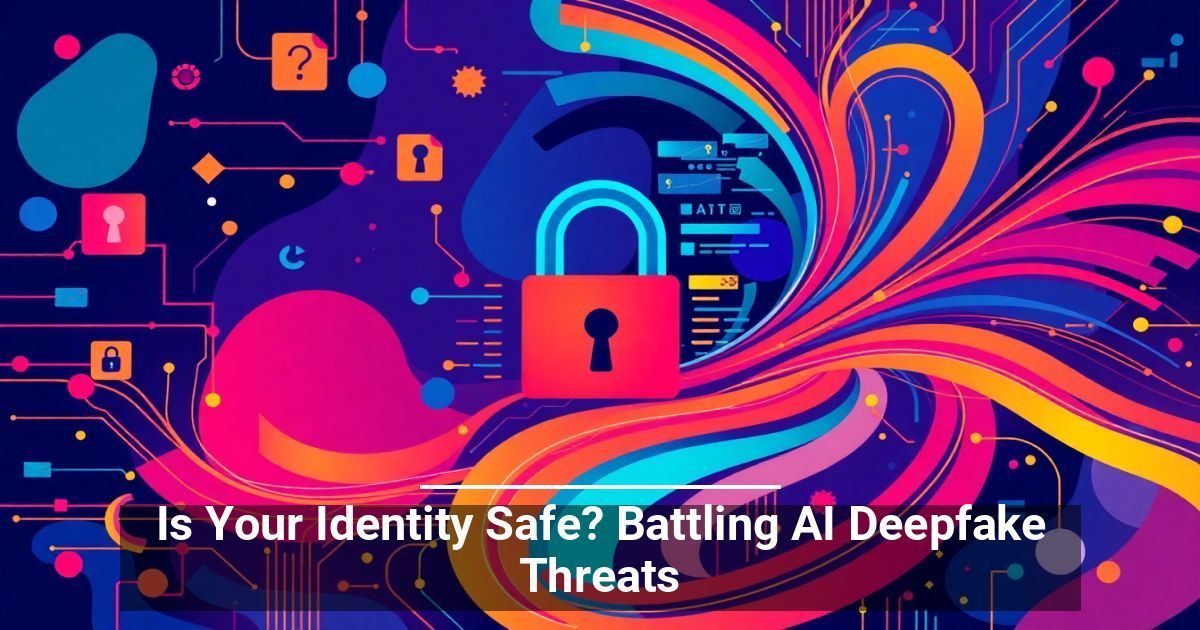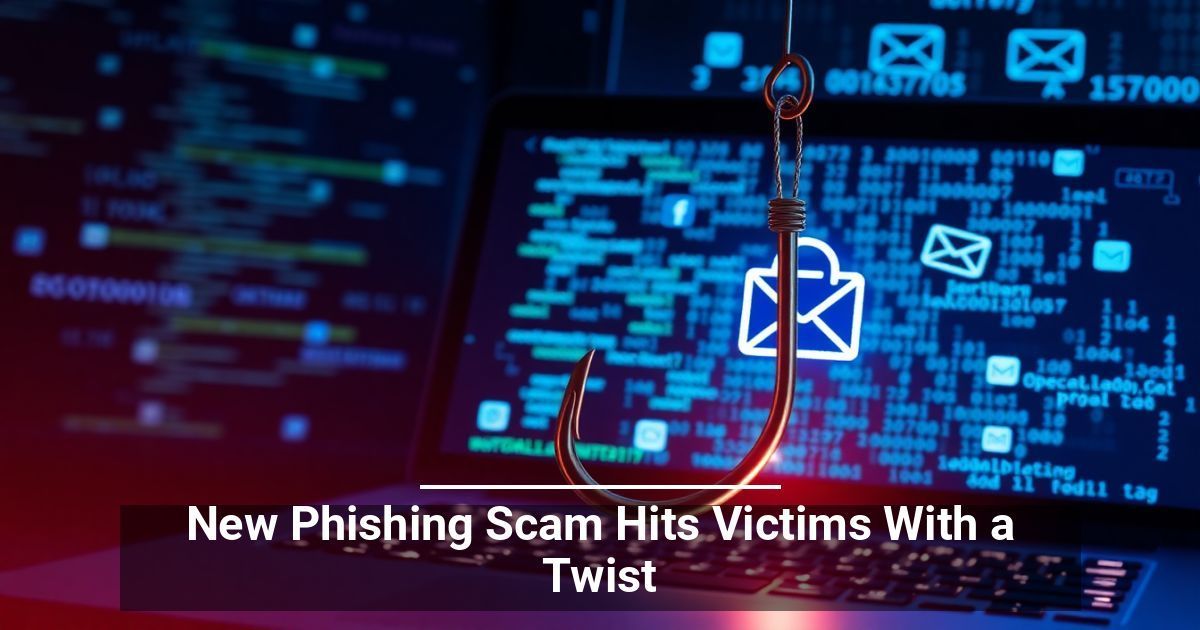Blog
Is Your Identity Safe? Battling AI Deepfake Threats
By Mersad • December 28, 2024

As technology advances, so do hackers' techniques for breaching organizations. Case in point: The rapid expansion of AI has given threat actors a simple, inexpensive, and wildly effective means of tricking individuals into giving up sensitive information.
The increasing sophistication of machine learning technology means that the potential for AI deepfake threats is also growing exponentially. It’s easier than ever for cybercriminals to impersonate individuals convincingly, stealing their identities for nefarious purposes. However, a well-designed security platform can be a powerful tool in fraud prevention and identity security, helping you keep your company safe.
What Are Deepfakes, and Why They Should Worry You
The term “deepfake” combines the deep learning concept that forms the backbone of AI and something fake. Simply put, it’s a sound, image, or video created using machine learning algorithms to impersonate something real.
Hackers create synthetic media by combining real images and sounds. This allows them to create convincing content that easily fools the average person.
Because attackers can successfully infiltrate organizations this way, taking AI deepfake threats seriously is critical.
How To Protect Your Organization From Deepfakes
AI deepfakes are successful for several reasons, but weak identity security tops the list. Even though increased awareness, training, and deepfake detection tools are part of a robust security defense, most current approaches to addressing AI deepfake threats have significant flaws.
Deepfake detectors and generators essentially train each other, keeping either side from gaining a true advantage. Second, most approaches to identity security put the burden of protection on users, who may be unable to discern what’s real and what isn’t as the synthetic media becomes ever more realistic and convincing.
So what’s the solution? Most experts agree that AI deepfake defense must become a standard identity security element. This begins with implementing more secure authentication systems, which rely on phishing-resistant credentials that block attackers’ access to the information they need to create the fake media.
Stopping deepfake attacks also requires implementing device-level security and authentication protocols. It’s critical to ensure that only devices that pass security checks and have authorization to your company network can access resources, including videoconferencing and collaboration tools, which are most vulnerable to the threat of imposters.
AI detection tools continue to be used in security programs. For example, facial recognition technology can help spot subtle inconsistencies in images and identify manipulated ones. Assessing the risk of any device that attempts to access the network using real-time data and device signals can also help block unauthorized access.
Spotting deepfakes is challenging. As machine learning capabilities develop, hackers’ abilities to create convincing impersonations are improving daily, and some of the most obvious signs of false images are being eliminated, which makes them easy to detect. Therefore, addressing the issue of AI deepfake threats requires a more sophisticated, ground-up approach to ensure your organization doesn’t fall victim to a breach.
Related Posts



Contact Information
1035 Medina Rd, Suite #800
Medina, OH 44256



